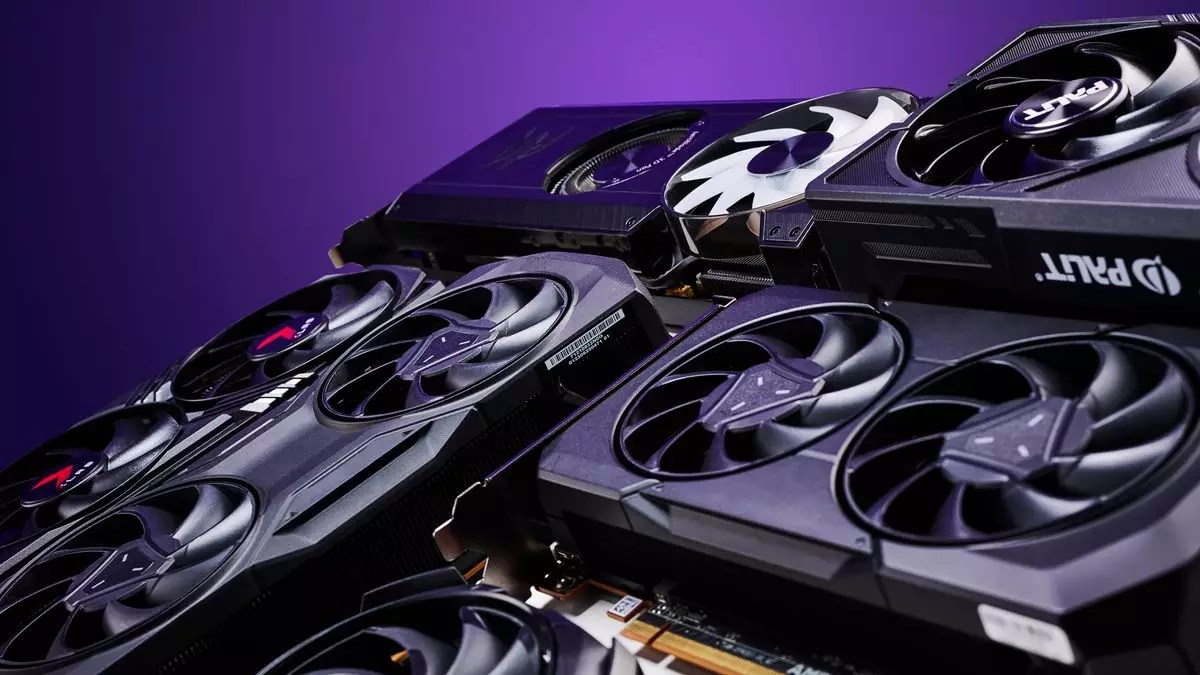The speculations surrounding the release of the Nvidia RTX 5090 are gaining momentum, thanks to a new video by Moore’s Law is Dead. According to a purported insider at Nvidia, the decision to launch the next-gen cards in 2024 will depend on the competitive landscape set by AMD’s RDNA 4 GPUs. Let’s delve deeper into the details and analyze the potential impact of these factors.
AMD’s Influence on Nvidia’s Decision
The alleged Nvidia insider indicates that the Blackwell GPU design will serve as the foundation for the next-gen consumer architecture. However, the launch timeline of the RTX 5090 will be heavily influenced by two key factors: the performance and sales of the current RTX 40-series and the introduction of AMD’s RDNA 4 GPUs.
If the rumors hold true and AMD’s RDNA 4 GPUs primarily target the mid-range market, it is unlikely that these new Radeon graphics cards would pose a significant threat to Nvidia’s high-end segment. In such a scenario, Nvidia might not feel compelled to launch the RTX 5090 by the end of 2024. However, a successful launch by AMD could potentially impact Nvidia’s overall volume sales, prompting them to release a new flagship GPU to regain market attention.
The fate of the RTX 5090 hinges on AMD’s ability to seize a significant portion of the graphics card market share. If Nvidia’s proposed RTX 40-series Super cards, expected to launch in early 2024, drive down prices and offer improved performance, Nvidia’s Ada generation could solidify its position as the go-to cards for the next year. In this scenario, there might be little incentive for Nvidia to cannibalize its sales by launching the RTX 5090 towards the end of the year.
Early Signals at CES 2025
Regardless of the outcome, the Nvidia insider suggests that the company plans to emphasize the efficiency of RTX 5000 at CES 2025. This implies that Nvidia is committed to launching the next-gen GPUs by the start of 2025, which is earlier than initially anticipated. The fear of Nvidia resting on its laurels until late 2025 appears to be unfounded, raising hopes for a potential release of truly next-gen GPUs in 2024.
Performance Expectations
One critical question remains: how will the performance of the RTX 5090 compare to its predecessors? The insider suggests that the Blackwell architecture might not deliver the same level of pure raster uplift seen in the transition from the RTX 30-series to the RTX 40-series. However, it is important to note that the final specifications are not yet finalized. Speculations indicate that a full GB202 chip could provide a significant performance boost over the current RTX 4090, making it feel like a substantial leap similar to the RTX 3090 to RTX 4090 jump.
As the potential release of the Nvidia RTX 5090 draws closer, the influence of AMD’s RDNA 4 GPUs and the performance and sales of Nvidia’s current RTX 40-series remain critical factors. While AMD’s mid-range focus might not directly affect high-end Nvidia sales, a successful launch by AMD could prompt Nvidia to introduce the RTX 5090 to maintain its competitive edge. Ultimately, only time will reveal the outcome and the performance capabilities of the much-anticipated RTX 5090.


Leave a Reply